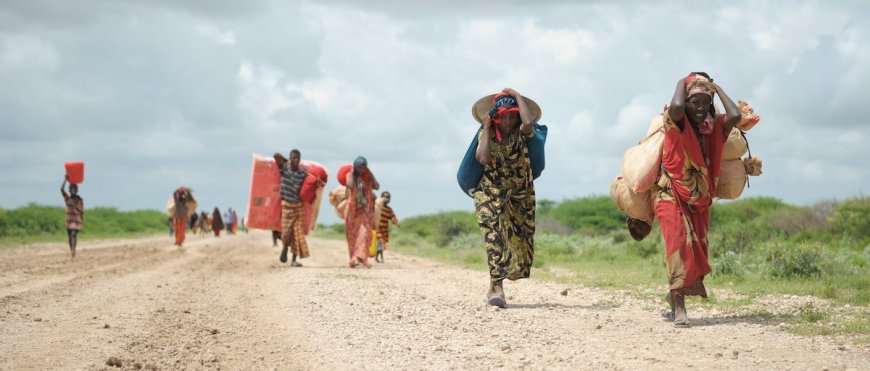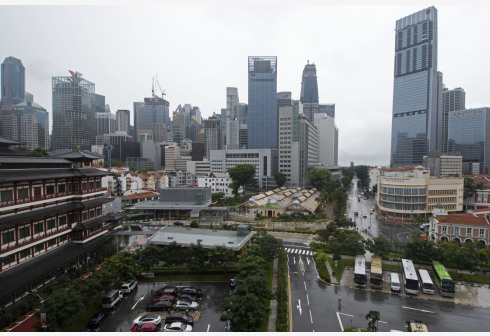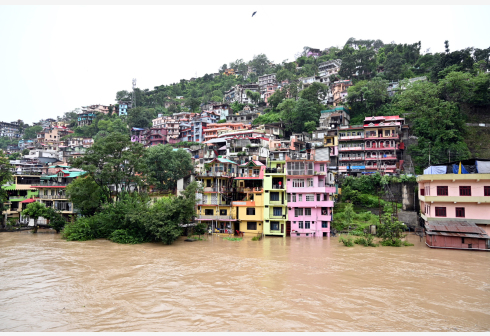The Global Impact of Climate Change on Migration Patterns

By Robert Mutasi
As we speak today, climate change has become a common problem with a significant impact, felt in all regions of the world.
One of the most important consequences of climate change is its influence on migration trends, leading to a new category of refugees, people cut off not by political unrest, but by environmental degradation.
High sea levels, severe and severe storms reinforced by factors such as El Nino and others are tormenting a large number of displaced people.
In highly vulnerable areas, such as the Pacific Islands, all nations are at risk of sinking to the bottom of the ocean, which causes people to seek asylum not because of conflict or violence, but because their countries have become inadequate.
Likewise, in large areas of Africa, which are now experiencing the most severe drought, large-scale migrations are taking place. As the land becomes more fertile and food becomes more problematic, people must move to more resource-rich and stable areas.
These climate refugees migrate without long-term hopes, because the reason for their displacement is environmental, and not for displacement reasons, including timely government wars or ethnic persecution.
The first thing in this regard is the unprecedented degree of molding due to climate change, which poses serious industrial shock challenges, both for these workers and for the host country in which they are trying to find their way.
Many countries are poorly organized in terms of infrastructure, legislation and resources for the vast majority of displaced citizens living in political conflicts and economic pressures.
Nationality and the right to live in a new country, also in a difficult field of environmental migration, are questionable. With the rise of the climate crisis, these concerns are of great importance and require international cooperation to develop solutions that will ensure the rights of displaced persons.
However, climate migration also provides an opportunity for International Cooperation and knowledge. Nations should work together to establish safe migration flows, strengthen sustainable life support for uprooted and build robust infrastructure that risks suffering those disasters caused by change.
The collective action can be used to reduce the burden on the host country and prevent displaced persons from being left behind.
In conclusion, the relationship between climate change and migration must be addressed on a global scale. Such cooperation can be the only way to develop effective strategies in the midst of millions of displaced people in the future.
If measures are not properly coordinated to deal with the negative effects of climate change, the humanitarian crisis resulting from climate change continues to worsen, endangering millions of the future it devoured.
What's Your Reaction?



































































































































































































































































































